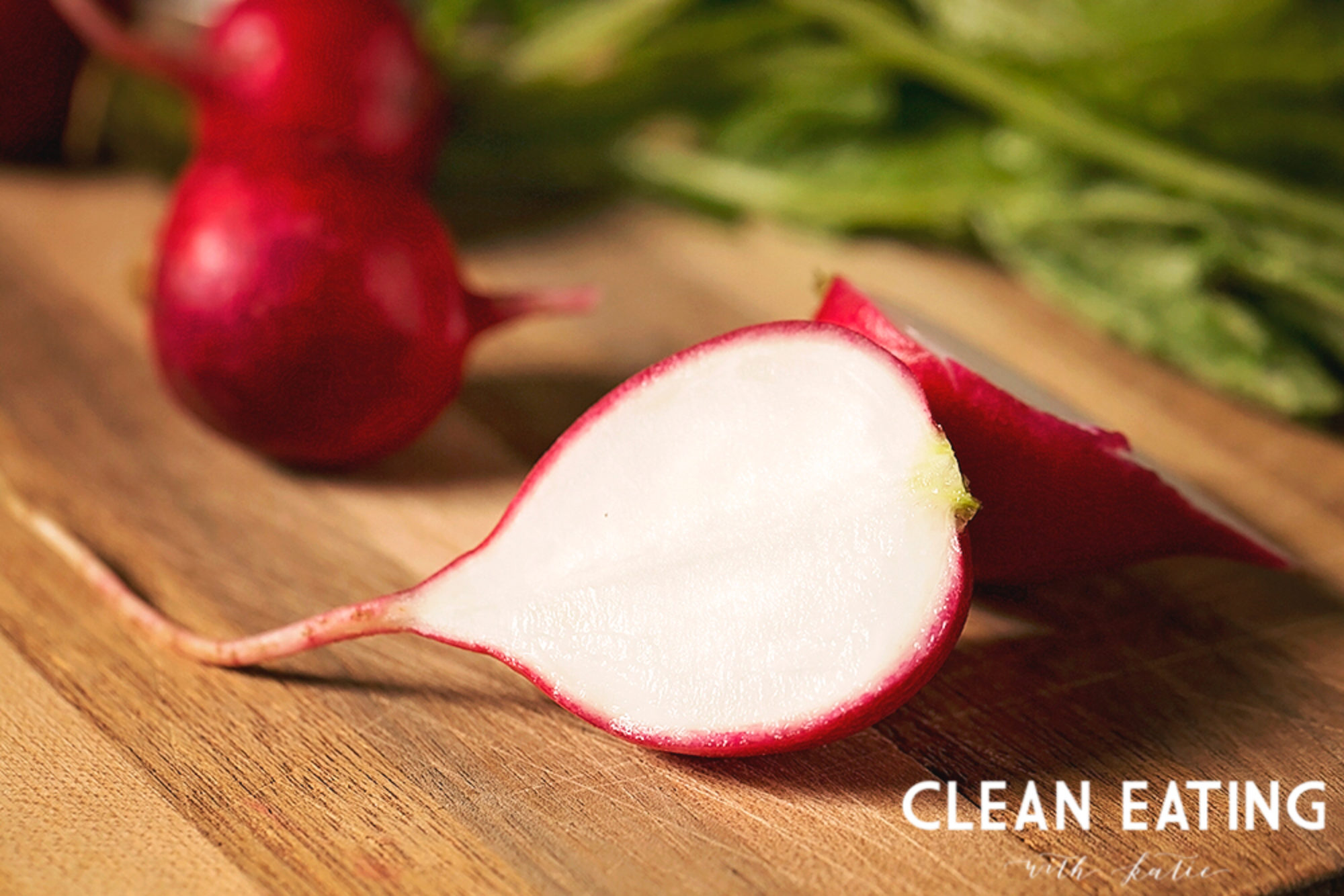I get a lot of questions from folks wondering what they can eat for snacks when they switch their diet from a SAD diet (Standard American Diet) to a whole foods/ real food/ paleo type diet. Before I give a green light on what to snack on, let’s rethink the idea of snacking altogether.
 The idea of six small meals or three bigger meals with a morning and an afternoon snack is really a new idea. This is certainly not how we evolved. Let’s take a moment and think about blood sugar. In general, when you eat, your blood sugar rises. In order to deal with the rise in blood sugar, the pancreas secretes insulin which allows the glucose (blood sugar) into the cells where they are put to work. When you are always eating (as with six small meals or chronic snacking) your body is always 1) working to produce enough insulin (which prioritizes the production of the hormone insulin over other hormones), 2) dealing with elevated blood sugar, and 3) digesting food, which does not allow for your digestive system to have breaks throughout the day.
The idea of six small meals or three bigger meals with a morning and an afternoon snack is really a new idea. This is certainly not how we evolved. Let’s take a moment and think about blood sugar. In general, when you eat, your blood sugar rises. In order to deal with the rise in blood sugar, the pancreas secretes insulin which allows the glucose (blood sugar) into the cells where they are put to work. When you are always eating (as with six small meals or chronic snacking) your body is always 1) working to produce enough insulin (which prioritizes the production of the hormone insulin over other hormones), 2) dealing with elevated blood sugar, and 3) digesting food, which does not allow for your digestive system to have breaks throughout the day.
Here is the other “issue” I have with snacking. When we are taught to eat small meals, we are essentially setting ourselves up for snacking. You’re simply NOT going to be satisfied with the small meals and you’re going to have to snack. Simple as that. What I propose instead are three larger meals. Crazy, right? Three larger meals, with breakfast being your largest and dinner being your smallest. I’m also going to suggest that you increase your fat intake and possibly your starchy carbohydrate intake. Fat provides the most calories per gram (9, as compared to 4 from both protein and carbohydrates) making it more satiating. Fat keeps you fuller longer. And let’s remember that fat doesn’t make you fat. That is false.
With all that said, sometimes I do snack. So I do have some healthier recommendations for snacking.
- Beef Jerky or Turkey Jerky. We found Clean-n-Jerky during our trip to Colorado last spring and we love it. Small business, check. Woman owned and operated, check. Simple, real, and easy to pronounce ingredients, check. Well-sourced ingredients, check. Bonus: it’s also 21DSD compliant.
- Dip and veggies. I’m mainly referring to homemade dips because it is amazing what they manage to add to store-bought dips! I always think, I don’t put that into my dip when I make it at home, what could it possibly be used for? Anyways…guacamole and veggies, hummus and veggies, avocado-hummus and veggies, tzatziki and veggies, etc. Make some dip and cut up some veggies and enjoy! While veggies are not the same as chips in terms of flavor and texture, when your dip is delicious, the chips are really just a vehicle for the dip, so why not swap them out for a healthier vehicle or even just a spoon!
- Avocados make great snacks. I like to slice up half an avocado (or sometimes the whole thing!) and add a bit of sea salt and lemon and I’m all set! My husband loves avocado with hot sauce, which is also pretty great too.
- Fruit is also a great snack. Obviously I’m going to suggest eating whichever fruits are in season.
- Nuts or Nut Butters. A handful of nuts is a great option and so is a spoonful of nut butter. Sometimes I like nut butter on a apple or banana too.
- Deli meats and cheese. Avoid those conventional crackers because they are crap. No really, they are total crap. Also choose your cheese and deli meat wisely. I look for organic at a bare minimum, but ideally they are from pasture raised animals. Here are a few brands that I like.
- Deli meats – Diestal Ranch Applegate Niman Ranch True Story Foods Gusto and Wellshire Farms.
- Cheeses – Kerrygold and Organic Valley
- Crackers – If you must have some crackers there are three brands that I think are fine IN MODERATION. That means to savor each and every cracker like it was your last ;-).
Hopefully some of these suggestions will be helpful to guide your snacking options. You’ll probably notice that most of my suggestions have some fat or some protein – this is intentional. If you just eat a simple carbohydrate, your blood sugar will quickly spike and then quickly fall, which is something to be avoided as much as possible.
I leave you with two tips: 1) The less processed the better. When you are left with a challenging choice to make, go for as little processing as possible. 2) No naked carbs. In nutrition school, this was one of the first tips we learned – be sure to include some fat or some protein with your carbohydrates for healthy blood sugar management.
Hugs and Health,
Katie

